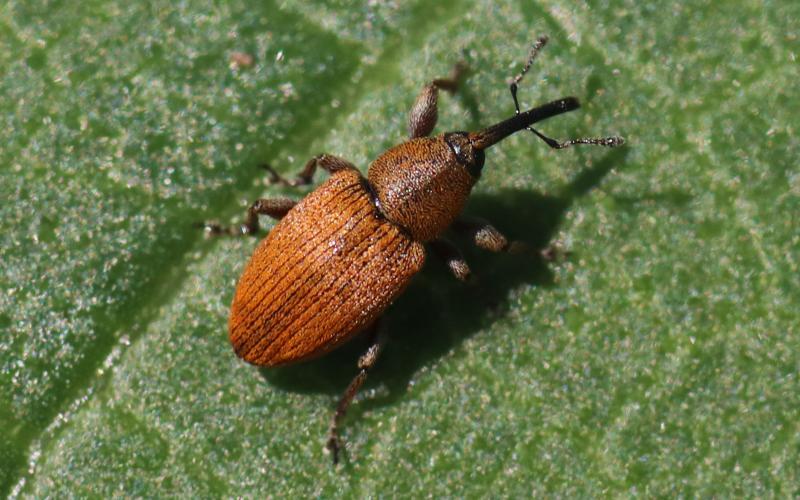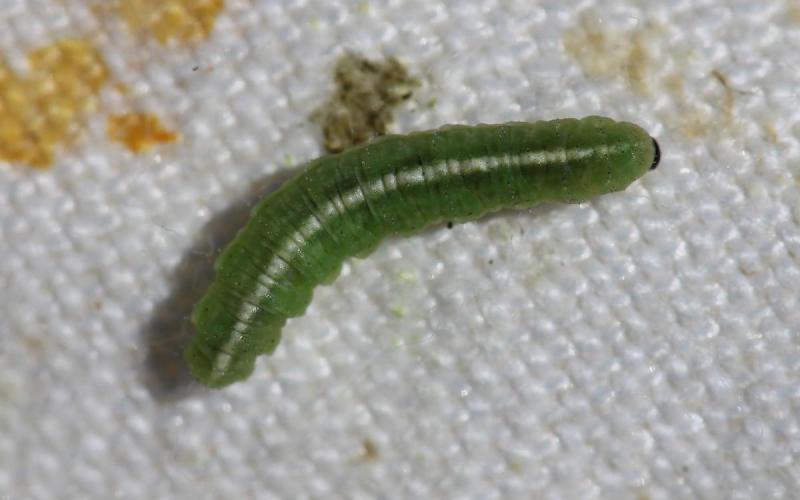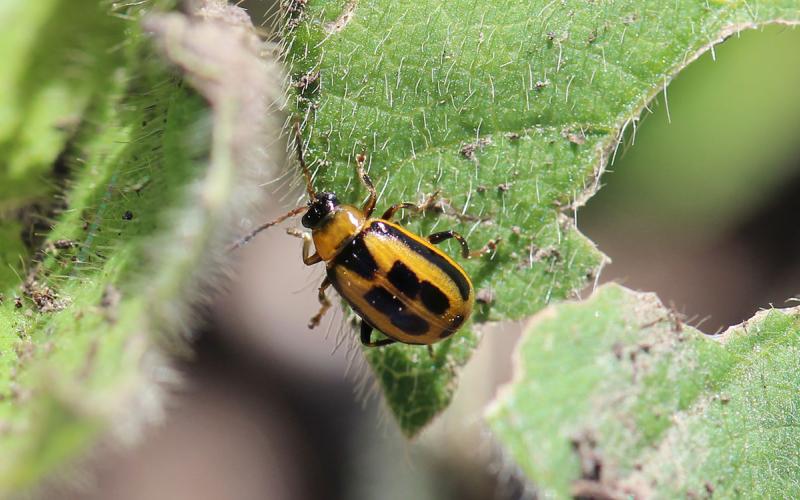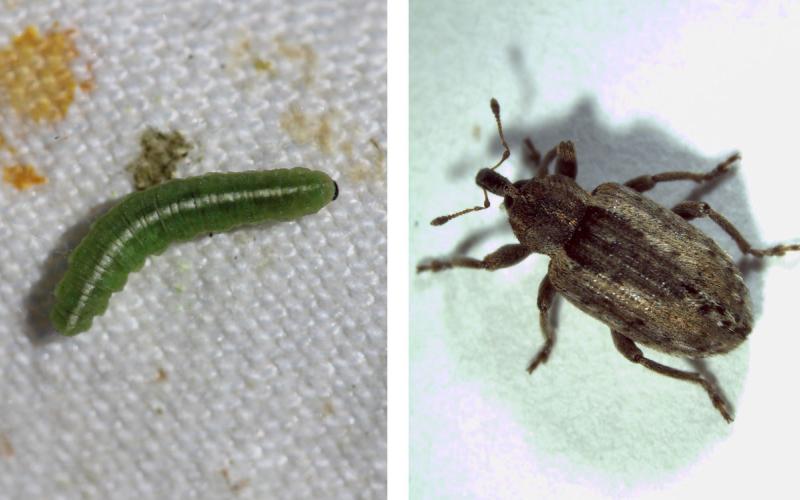Content by Patrick Wagner

Red Sunflower Seed Weevils in South Dakota
Fact sheet on red sunflower seed weevils in South Dakota

Alfalfa Weevil Activity Prediction Update: May 29, 2025
The lowest calculated degree days in South Dakota indicate that fourth instar larvae should be active, while the highest calculated degree days suggest that pupation is occurring in the field.

South Dakota Overwintering Bean Leaf Beetle Predicted Mortality: 2024-2025
Each year we evaluate the overwintering success of bean leaf beetles in South Dakota. For adult bean leaf beetles that successfully overwintered, emergence will begin in the spring and they will move into soybean fields.

Alfalfa Weevils Are Active in Some Parts of South Dakota
Degree day accumulations indicate that alfalfa weevil larvae should be active throughout South Dakota.

Alfalfa Weevil Activity Prediction Update: May 22, 2025
Degree day accumulations for alfalfa weevil larvae indicate that third to fourth instar larvae should be active in fields throughout South Dakota.

Black Grass Bug Activity Ramping Up
Black grass bugs feed on fresh green growth, which can result in stunted plants and decreased forage quality. Monitoring and potential management of black grass bugs will be of increased importance this spring, especially if drought persists.

South Dakota Grasshopper Prediction for 2025
In 2025, it is likely that grasshopper populations will once again reach levels capable of causing issues in some areas of the state. Scouting should begin shortly after planting in areas where they were problematic in 2024 and continue throughout the growing season.

Spring is here, and so are the ticks!
As spring continues to bloom, more arthropods will begin to emerge from winter dormancy. Ticks are among the first to appear, and statewide reports have already been flowing in.

Management Recommendations for Soybean Aphids
In many fields across eastern South Dakota soybean aphid populations have reached economic thresholds, and there have been a lot of questions regarding the best approach to managing the 2024 outbreak.

Sunflower Moths Observed in South Dakota
Sunflower moths have been observed in South Dakota sunflower fields this week. Sunflower heads are most susceptible to damage caused by the sunflower moth caterpillars from the onset of flowering to when the ray petals begin drying.